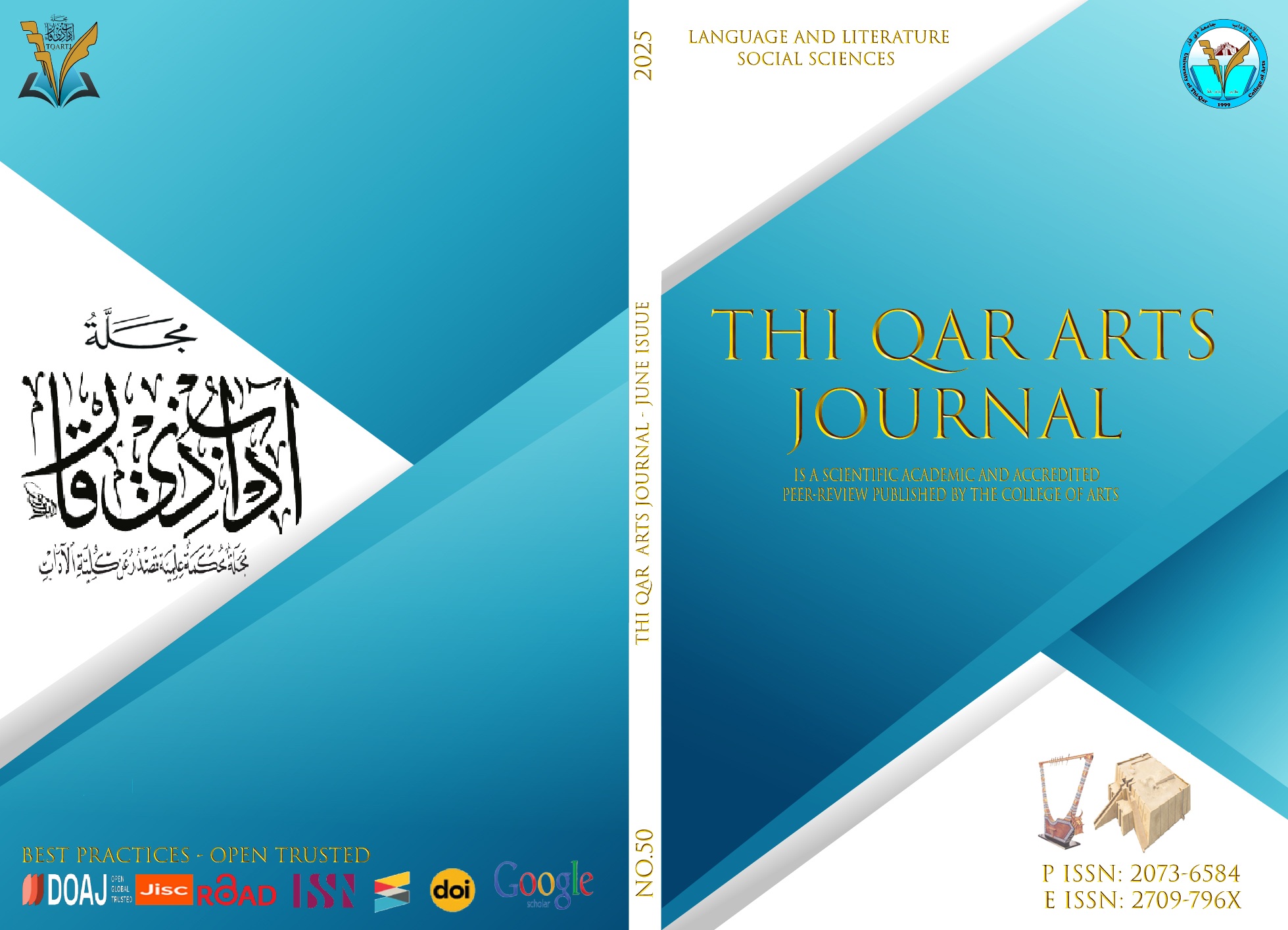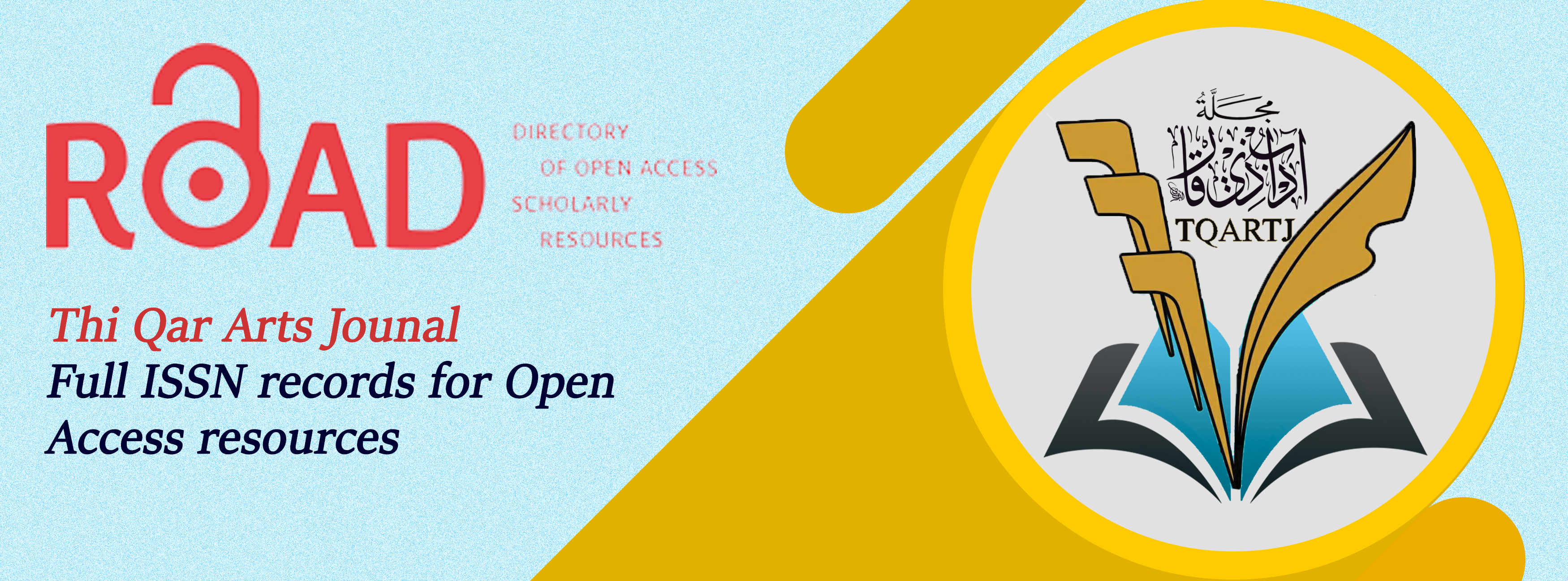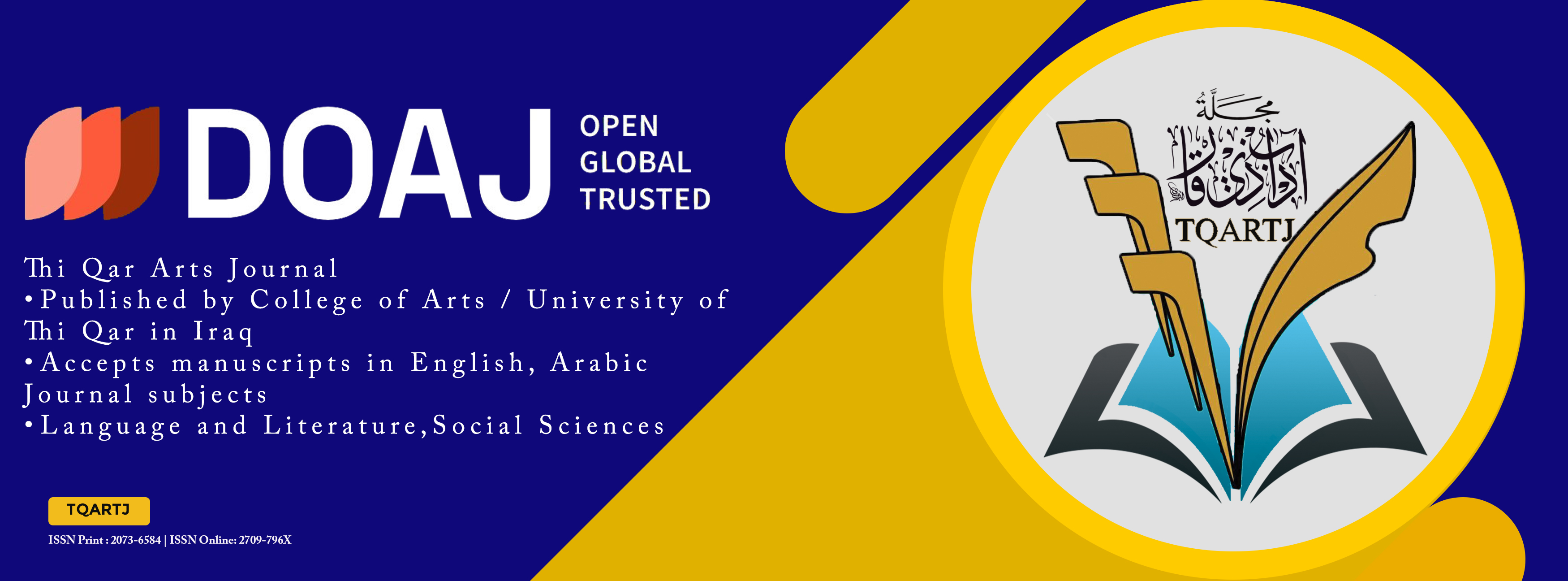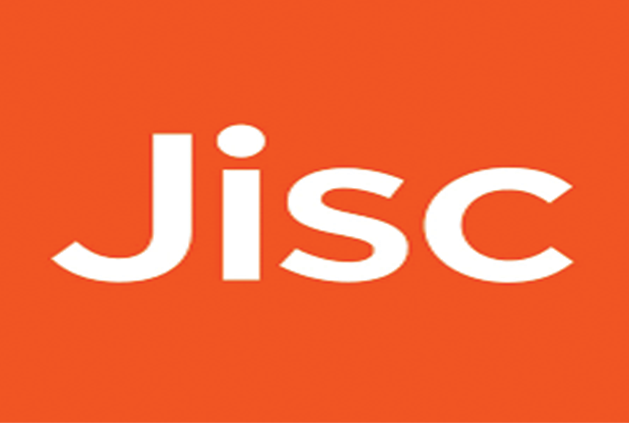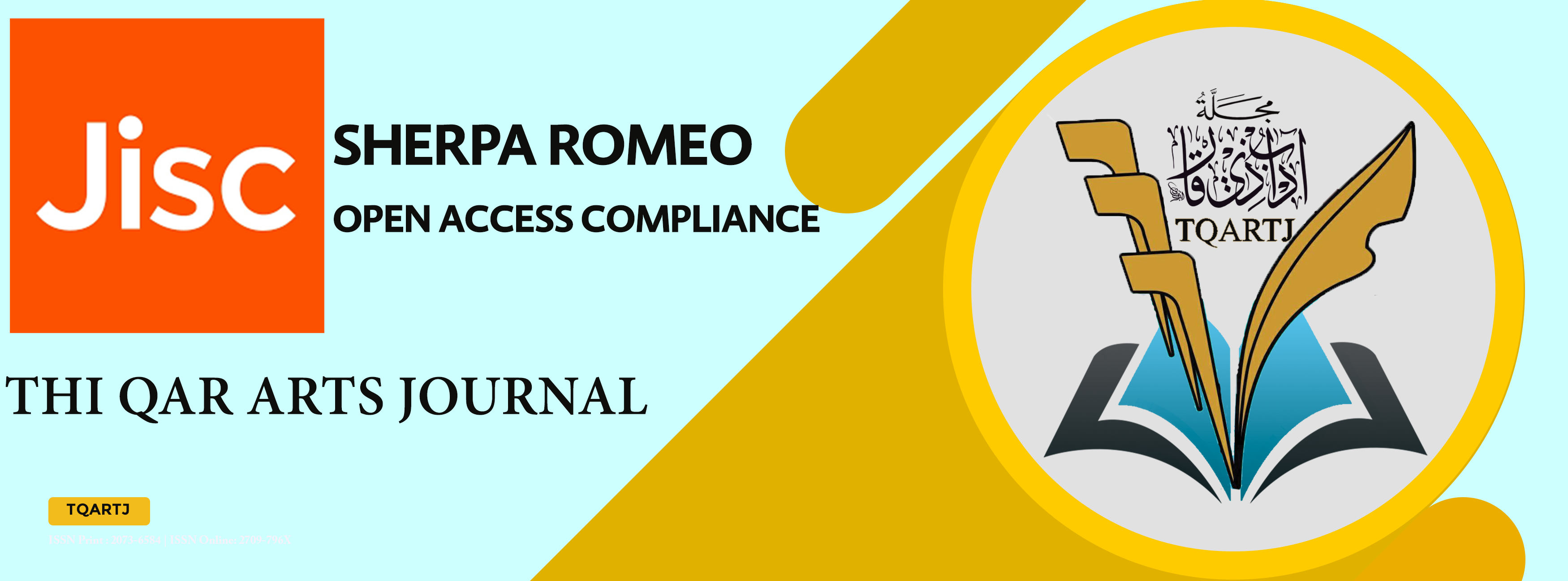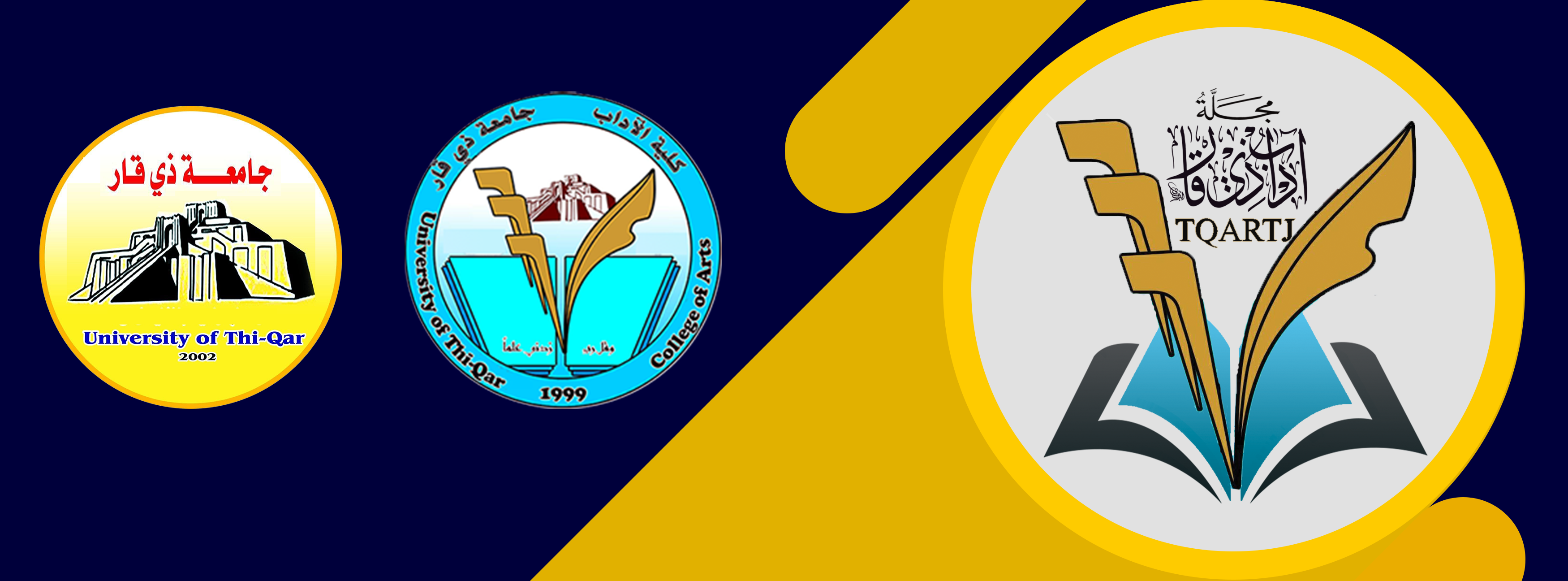Estimation of the quantitative needs for air conditioning using the temperature and humidity index (THI) and the wind cooling index (Ko) for stations(Ramadi, Ana, Rutba)
DOI:
https://doi.org/10.32792/tqartj.v5i50.797Keywords:
Comfort, climatic clues, disturbing climate, accumulated heat, air temperatureAbstract
God Almighty has given man a body that can maintain his constant temperature (skin temperature) (33°C), but this value varies in unusual circumstances through a number of processes by which the body releases heat or acquires it. It has to increase the process of sweating to keep the body from high heat, or it may get cold by contacting another body that is colder than it. This study aimed to apply climatic evidence (temperature-humidity (THI, wind cooling), in order to estimate the population's needs for heating and cooling purposes in the (Ramadi, Ana, Rutba) stations in order for the residents of those districts to reach the greatest degree of comfort. The results of applying the temperature-humidity index equation (THI) came during the winter season in the study stations (Ramadi, Ana, Rutba) with the climate being (warm relative comfort) but during the summer (June, July, August). It was characterized by being (extremely disturbed, meaning 100% of individuals feel discomfort) While the results of applying the equation of daytime wind cooling for wind cooling for the winter season in Al-Ramadi station (it tends to be cold) while it is (it tends to be cold) in my stations (Anah, humid). Hot) and for all summer months (June-July-August).
Downloads
References
1. حسن سيد أحمد ابو العينين ، أصول الجغرافية المناخية ، دار النهضة العربية، بيروت ، بدون تاريخ ، ص52 .
2. الخفاف, عبد علي, خضير, ثعبان كاظم, المناخ والإنسان ط2, ص96, دار الميسرة, 2010م, عمان .
3. الدليمي, مهدي حمد فرحان, أثر المناخ على صحة وراحة الإنسان في العراق, رسالة ماجستير غير منشوره, كلية التربية, جامعة بغداد , 1990م
4. الراوي, صباح محمود، البياتي, عدنان هزاع، أسس علم المناخ، ط1, مطبعة دار الحكمة، الموصل. 1990
5. رحيم, علي خيرالله, مؤشرات راحة الانسان في العراق, جامعة بغداد ,كلية تربيه/ابن رشد, اطروحة دكتوراه غير منشوره, 2015 .
6. الجبوري ,سلام هاتف احمد الجبوري ,علم المناخ التطبيقي .ط1 , دار الكتب والوثائق بالمكتبة الوطنية ببغداد برقم 789,بغداد,2014, ص244
7. الشلش, علي حسين وآخرون, جغرافية الاقاليم المناخية, ط1, جامعة بغداد, 1978.
8. الشلش, علي حسين, مناخ العراق, ترجمة ماجد السيد ولي وعبدالاله رزوقي كربل ط1, جامعة البصرة, 1988م .
9. الشواورة, علي قاسم, الجغرافية الطبيعية والبشرية, ط1 , دار المسيرة , عمان، 2012
10. الدليمي، عثمان محمد حسين، المناخ وعلاقته في تكييف الهواء في محافظة الانبار، رسالة ماجستير (غير منشورة) جامعة الانبار، كلية التربية للعلوم الانسانية .
11. ناهي, علي غليس, تحديد مدتي التدفئة والتبريد داخل المباني وعلاقتها في استهلاك الطاقة الكهربائية , مجلة ابحاث ميسان, المجلد الثاني , العدد 3 , 2006 ,
12. لاسدي، كاظم عبد الوهاب ا ,اقليم الراحة في العراق باستعمال معيار تيرجنج ,مجلة الجمعية الجغرافية العراقية, العدد 44 , 2000 .
13. الدليمي, مروان غالب ياسين الدليمي, & الكربولي, علي سليمان ارزيك عباس الكربولي. (2022). الراحة الفسيولوجية في المحطات المناخية (الرمادي، عنه، الرطبة) باستخدام قرينة درجة الحرارة الفعالة وتصنيف اوليجاي. مجلة كلية المعارف الجامعة, 33(2) .
14. عبد لكي, ماريا جورج عبد لكي ,التطرف الحراري وتأثيره على الصحة البشرية في مدينة دمشق, رسالة ماجستير غير منشوره مقدمه إلى كلية الآداب والعلوم الإنسانية ,جامعة دمشق , 2005.
15. مقيلي, محمد عياد مقيلي, تطرفات الطقس والمُناخ, دار شموع الثقافة, بنغازي, الطبعة الثانية, 2009.
16. شاكر, مروة مصطفى شاكر ، مؤشرات راحة الإنسان في مدينة بغداد، رسالة ماجستير غير منشورة مقدمة إلى كلية التربية آبن رشد جامعة بغداد، 2013.
17. J.E.Griffiths,"Applied climatology" , oxford University ,press,1970,p,75
18. Johne Oliver, Encyclopedia of world climatology, Indiana state university, springer, The Netherlands, p. 227. 2005.
Published
Issue
Section
License
Copyright (c) 2025 Ali sleman Arzeek

This work is licensed under a Creative Commons Attribution 4.0 International License.
The journal applies the license of CC BY (a Creative Commons Attribution International license). This license allows authors to keep ownership of the copyright of their papers. But this license permits any user to download, print out, extract, reuse, archive, and distribute the article, so long as appropriate credit is given to the authors and the source of the work. The license ensures that the article will be available as widely as possible and that the article can be included in any scientific archive.
